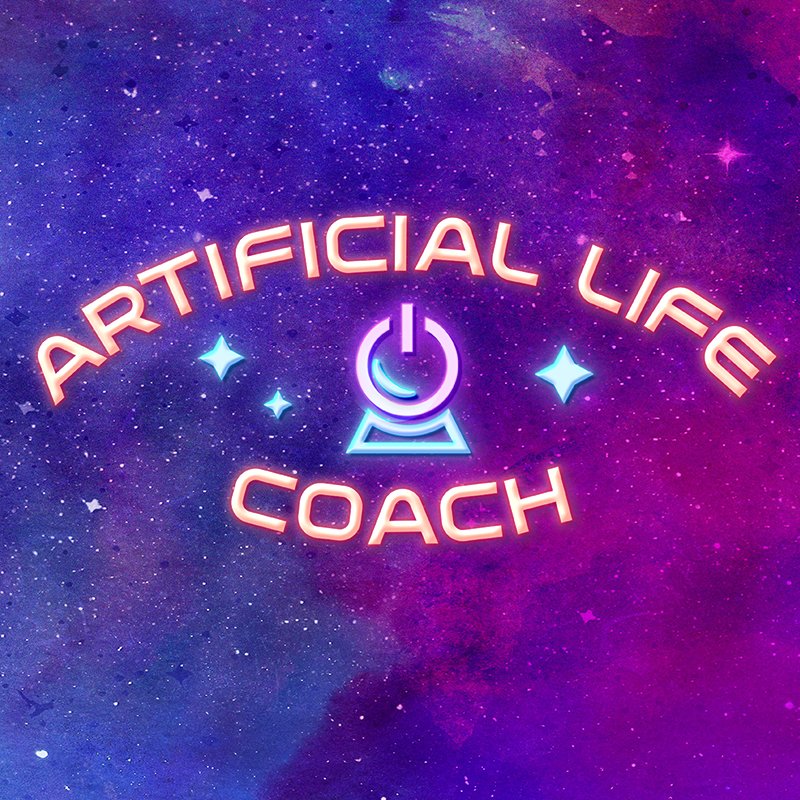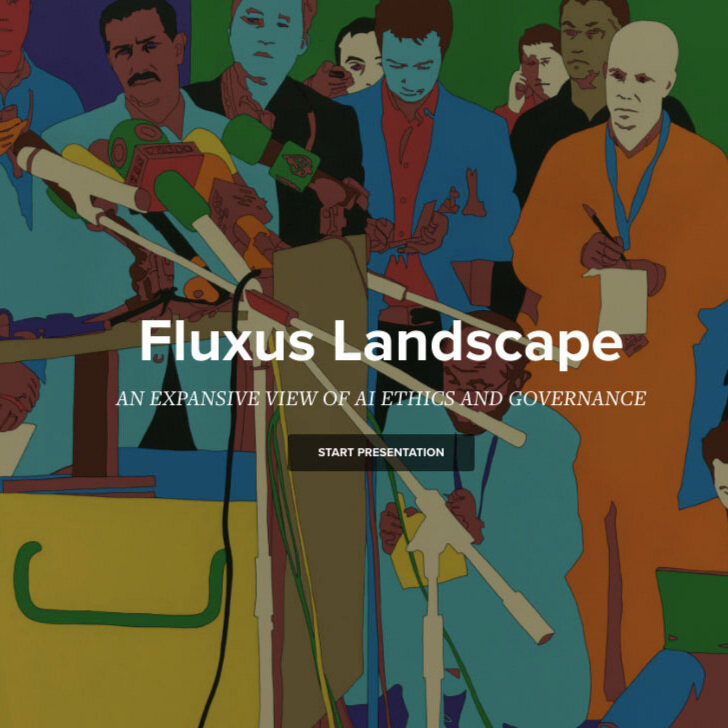Works in Progress
All works are created in collaboratively and would not exist as they are without the input of others. Team-led collaborations are noted here. Please see links for attributions for feedback and editing teams.
Grandma Grace
Blood Quantum
Looking for Funding
In 1921, the U.S. federal government set aside land in Hawaii for homesteading by Native Hawaiians (Kanaka Maoli) with 50% blood quantum. This blood requirement, lobbied for by a powerful alliance of sugar companies protecting their own interests, is still enacted through the Hawaiian Home Lands program today. Defining who is considered Hawaiian through the colonial imaginary is intentionally divisive of Hawaiians. Many Hawaiians are not eligible and many others who are on the waitlist die before receiving leases on land for their families. The artist will document her attempts to prove her “Hawaiianess” navigating the current bureaucratic system highlighting the damaging effects and continued institutionalized colonialism. By interviewing family members, researchers and activists, the artist examines her personal relationship to blood quantum eligibility, kinship, and family lineage. Combining digital and physical multimedia work including video, painting, writing, photographs, and historical documents, quantification is situated as a tool of epistemic injustice linked to the increased extraction of data enabling legibility and oppression. This work draws on academic research on philosophy, Hawaiian epistemologies, current AI and data governance dialogue, colonial history, and the limits of language.
Logo treatment by Kristen Sunde
Artificial Life COACH
Site Design Kristen Sunde, research assistant Hannah Cornejo
Supported by: Mozilla Foundation Creative Award Recipient
Launching: February 2024
Artificial Life Coach is a life coach that coaches computers not people via psychic connection. Parodying commercial spirituality, the piece deflates AI hype to replace it with critical thinking. This performance art takes place on social media (TikTok) and promotes an understanding of AI’s limits and connects them to a bigger picture of power and inequality. Similar to how magicians like Harry Houdini debunked psychics, the piece posits many tools marketed as AI as also something that is made up of our faith and parlor tricks. The companion website presents a collection of resources curated to cater to audience interest and learning styles. These include artworks, videos, books, people to follow, and research-based essays that raise questions and provide critical re-imaginings of AI.
Completed Works
Origin of Clouds
Published by: Logic(s) Issue 19 supa dupa skies (move slowly and heal things)
Print: June 2023
In this Illuminated essay, Wong compares her experience using a generative AI art tool to Islamic art practices. What animates our work? What are concerns with using AI for creative work? Tools like ChatGPT or Midjourney have gained momentum as has discussion on consent and harms. The excitement around these tools obfuscates how they concentrate power and strengthen the status quo. The work is dense and the is the culmination of deep research and revisions with the help of many friends who are depicted in the essay as flowers and birds. It is a political and philosophical piece that explores the formal boundaries of art: research and tech ethics as art, painting as performance art, and pushing what contexts an artist can make art in as a form of social sculpture. The text is carefully hand-written with a fountain pen with any mistakes needing a complete revision of the page. The commitment to hand labor, thematically at first, became a meditation that is not an escapist practice from the news cycle, but rather, one that cultivates more alertness toward the stakes. The artist considers this piece as context-dependent. To situate the work, read other essays from Logic(s). This piece is dedicated to Abdurehim Heyit, a master Uyghur folk poet musician who was detained in 2017 by the Chinese Government in the ongoing Xinxiang-based Uyghur genocide.
Image by Eryk Salvaggio
LutteCoin: Situationist blockchain
Art and research led with Eryk Salvaggio
Partners: Excavations: Governance Archaeology for the Future of the Internet, University of Colorado Boulder and King’s College London With support from the Eutopia Foundation and in collaboration with DiploFoundation.
Launched: December 2021 at the United Nations Internet Governance Forum
LutteCoin is cryptocurrency imagined as a project of The Situationist International, the 1960s social movement made of avant-garde artists and political theorists inspired by surrealism, Dada, and libertarian Marxism. Just as Bitcoin relies on Proof-of-Work protocol we invent the “Proof of Non-Work Consensus Protocol” to turn devices into an otherwise useless object, or “brick.” Users, liberated from the spectacle of electronic interfaces, pursue other dreams. Meanwhile, the devices mine and create cryptocurrencies only to be immediately burned. The devices are essentially frozen and interfaces made inaccessible. The CPU power processes at full capacity, and cannot be turned off. Eventually, they burn out, and with it, so does any currency it has produced. This perfects the process of automating human leisure, mining and destroying wealth in an endless parody of economics.
Site design by Lusion
Fairer Tomorrow: Solutions to the Issues Highlighted by COVID
Site Design with Lusion
Partner: Center for Advanced Study in the Behavioral Sciences (CASBS) at Stanford University
Launched: February 2021
This immersive website experience features more than 100 specific ideas, observations, recommendations, and solutions advanced by members of the moral political economy program network. Upon entering the site, visitors encounter a space where they can drag and move their cursors through an animated field containing points of light; each one representing an idea. Clicking a point of light reveals a quote often read by the authors themselves.
Background image for project courtesy of artist Francis Ruyter
Fluxus Landscape: An Expansive View of AI Ethics and Governance
Research led with Aparna Ashok
Partners: Center for Advanced Study in the Behavioral Sciences (CASBS) at Stanford University
With support from The Stanford Institute for Human-Centered Artificial Intelligence (HAI)
Launched: June 2019
Art and research project created in partnership with the Center for Advanced Study in the Behavioral Sciences (CASBS) at Stanford University with support from The Stanford Institute for Human-Centered Artificial Intelligence (HAI). The project maps and categorizes about 500 AI ethics and governance stakeholders and actors. Its goals are both practical and artistic: to help the global community interested in AI ethics and governance discover new organizations, and encourage a broader, more nuanced perspective on the AI ethics and governance landscape.
The Dinner Salon for Ethics and Technology
Partners: Autodesk Pier 9 Workshop
Launched: May 2017
A series of evolving dinner salons that incorporate broader perspectives, whether economic, societal, or psychological, that are meant to trigger insight into some of the most challenging problems of emerging technology through a curated experience.








